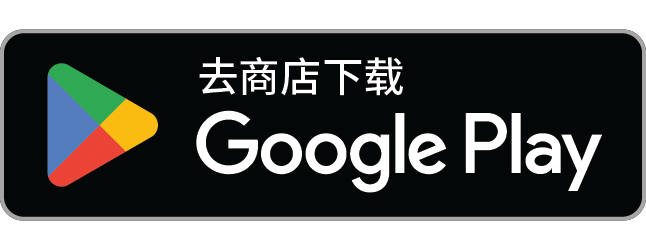河南永城柿园梁王墓天顶壁画四方神灵
佚名
中国现当代美术文献研究中心
北京, 中国
This magnificent mural is named Gods of the Four Cardinal Directions. The main character is a giant curly dragon with a pair of deer antlers and two wings. Its mouth is wide open, with a white fish trapped in its rolled up tip of tongue. The dragon is flanked by an auspicious bird and a white tiger. Cloud patterns fill in the blanks in between the four animals, giving the entire picture an atmosphere of the fairy land. The four animals are believed to be the four gods in responsible for the four primary directions in Chinese mythology. The mural in Prince Liang Tomb is one of the earliest extant tomb murals in China. The emergence of tomb mural signifies a tremendous change in the structure of tombs by the time of the Western Han Dynasty(260 BC-9AD)—from vertical shaft graves to horizontal cave tombs. The vertical shaft had been the most popular tomb structure from the Shang and Zhou dynasties (ca. 1600 BC-256 BC) to the early years of the Western Han Dynasty. In tombs of such a structure, images of life and death could only be drawn on coffins or burial banners due to space restriction. Horizontal cave tombs emerged in the Western Han Dynasty and remained as the predominant tomb structure for hundreds of years. In such tombs which are similar to human dwellings in structure, there are more walls to display human imagination about life and death. Therefore, murals have become the main adornment to tombs since then.
